I’ve been getting questions about when my upcoming novel Apex Predator will be published. I am thrilled to say it will be soon. In the meantime I’m excited by my readers enthusiasm. However, let it be known that the writing process is an interesting one. This is even more true once the manuscript is “complete”, for that’s when the real work begins. Given the multitude of decisions I am currently agonizing over (regarding formatting, editing, cover art, fonts, and so on….) I will be regularly posting in the weeks to come about those final steps that go into trying to make a manuscript three years in the making into a book worth spending time on.
For instance, there are the decisions that need to be made surrounding the editing process. For some authors it’s easy. They’re naturals, capable of producing a solid effort in just a couple of drafts. Horror author Steve Vance comes to mind. Last year I interviewed him for my blog Random Pop Culture (now incorporated into this website). I found myself simultaneously delighted as a reader, and insanely jealous as an author. That’s because Vance admitted that his editing process involves maybe a couple of drafts. On the other hand I have been over my book at least a dozen times in the past nine months. This includes the requisite month without looking at it, in hopes that fresh eyes will catch things they missed – and did they.
Perhaps because of this process I finally bit the bullet, and hired a professional editor. For financial reasons it was not an easy decision. However, I decided that if my book was to be the best product it possibly could then it needed professional editing. I have seen too many books where a good pair of objective eyes would have made all the difference. The same was true of mine. I sent my new editor a writing sample a few weeks ago. Though she said there was much to commend, she also came back with a host of questions and comments that made my head spin. The kind of stuff that was staring me right in the face, but which I missed because I was looking too hard.
By the way, the process of finding my new editor was actually relatively painless. Several months ago I joined the Create Space forum. So far I’ve asked for help twice – each time I have been inundated with wonderful guidance. In this case the advice also included a short list of editors worth looking into. This has taught me a valuable lesson about the importance of participating in writing forums and communities – a decision that has landed me a wonderful editor.
I know many of you will say sure an editor is great to have, but there’s the cost. And there’s no question about it, to pay for a pro is a far more costly step than getting your English major buddy to read over your MS. But trust me, it’s worth it. People talk about a book’s cover, but if they purchase that same book and every few pages something jarring smacks them in the face then it won’t take more than a matter of weeks before your Amazon page is littered with the kind of reviews that will sink years of effort.
Speaking of the book’s cover that’s another major consideration with it’s own set of headaches, but I’ll speak about that in the weeks to come. In the meantime I’ve been hemming and hawing over other decisions. These include whether to include black and white illustrations, maps, a bibliography, and much more. Please stay tuned, and feel free to give your opinions.
For instance, I would love to know how many of you find intriguing the idea of illustrations in a werewolf book. Or are you like Stephen King, and as he as often said the less described about your character’s appearance the better. The idea there being so that your reader can create their own mental images as to how characters look. This is a tricky decision, as can be seen by the following example.
In the best-selling Lee Child authored Jack Reacher books the protagonist is a big muscular brute of a man. But the subsequent film had Tom Cruise and all of his slender five feet seven inches in height, playing the titular character. If you were a reader of the books that might have been off-putting. In turn, what if Child had written Reacher as looking exactly like Tom Cruise? Would being so overly descriptive have turned off readers?
The same kind of consideration goes for the werewolf -to a point. That is to say my werewolves will be described. But there’s described, and then there’s the concrete vision that comes to mind in a reader’s head in terms of interpreting that description. This is a critical decision for a horror author. Once you get past the basics of things like two legged werewolf versus four legged, long wolf-like snout versus a more Lon Chaney type look then it’s up to you as to how much you will leave final interpretation open to the reader’s mind’s eye. Do you let the reader fill in the blanks with what they think is the best or scariest werewolf they’ve ever seen? Or do you spell out the beast’s dimensions and characteristics in detail? Whatever you do just remember that every author and reader is different in their opinion.
For instance, maybe you’re someone who thinks the Bernie Wrightson illustrated werewolf from the novella Cycle of the Werewolf is the be-all-end-all of werewolves:
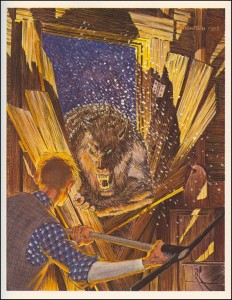
Others might think there is nothing scarier than special makeup effects creator Rob Bottin’s werewolf from the movie The Howling:
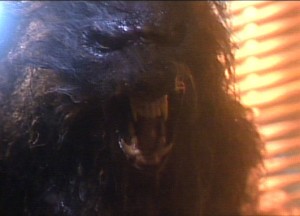
What does the writer do? Go for broke like Stephen King and hire an illustrator to show exactly what the werewolf looks like – which for anyone that has read King’s werewolf novella knows was a break from his normal practice of barely physically describing the characters found in his full length novels. If you decide to include illustrations do you maybe take a middle ground, and just show the creature’s clawed hand/paw or other such body parts teasing it out – with the full bodied pay-off at the end? Or do neither, nixing the idea of illustrations, and leaving it to the reader to best fit the creature’s outline to the mental image that terrifies them the most?
I’ll be honest here. In my book, and if I choose to not illustrate it, the text has described the creatures enough so that in my mind’s eye I’m seeing those particular werewolves that scare the devil out of me. In essence I’m writing for myself. But I’m also leaving it a bit open to interpretation, so that the Bernie Wrightson or Rob Bottin fans can fill in the final blanks.
From there, and beyond the look of your characters, beasts, and decisions about how much to reveal versus how much to show there are other considerations as well. If much of your action takes place in a central location how many of you think a map so similar to the one’s you find in a good fantasy novel would be a nice touch? How many others wished more of your horror books had bibliographies where you could see the sources that influenced your favorite authors? What about the cover font? The text font? Page color? Decisions, decisions….
My hope is that by openly discussing some of these topics I will help other authors who are struggling with their own creative demons. Furthermore, it’s important for our readers to understand the effort that some authors put into trying to entertain them. Because entertaining the reader, and giving them something to think about, will always remain the ultimate goal in genres such as ours.
I can be found on Facebook, Twitter, Pinterest, email (smdouglas73@yahoo.com), or the comments section of this blog – I would love to hear from all of you.
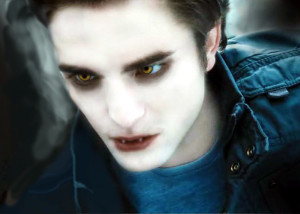
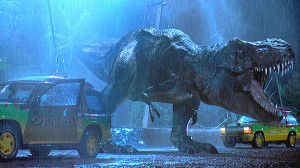
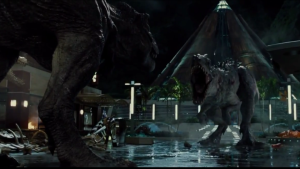
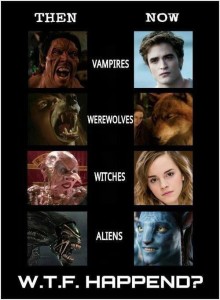
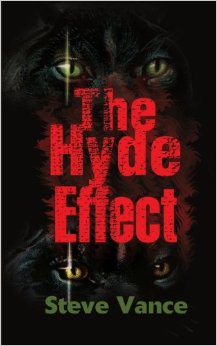
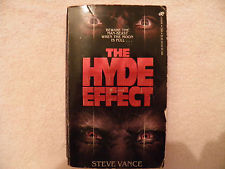
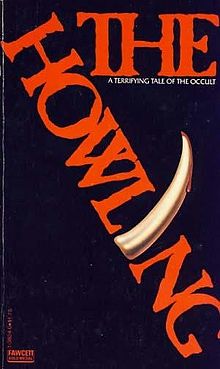
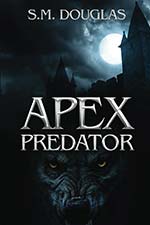
Recent Comments